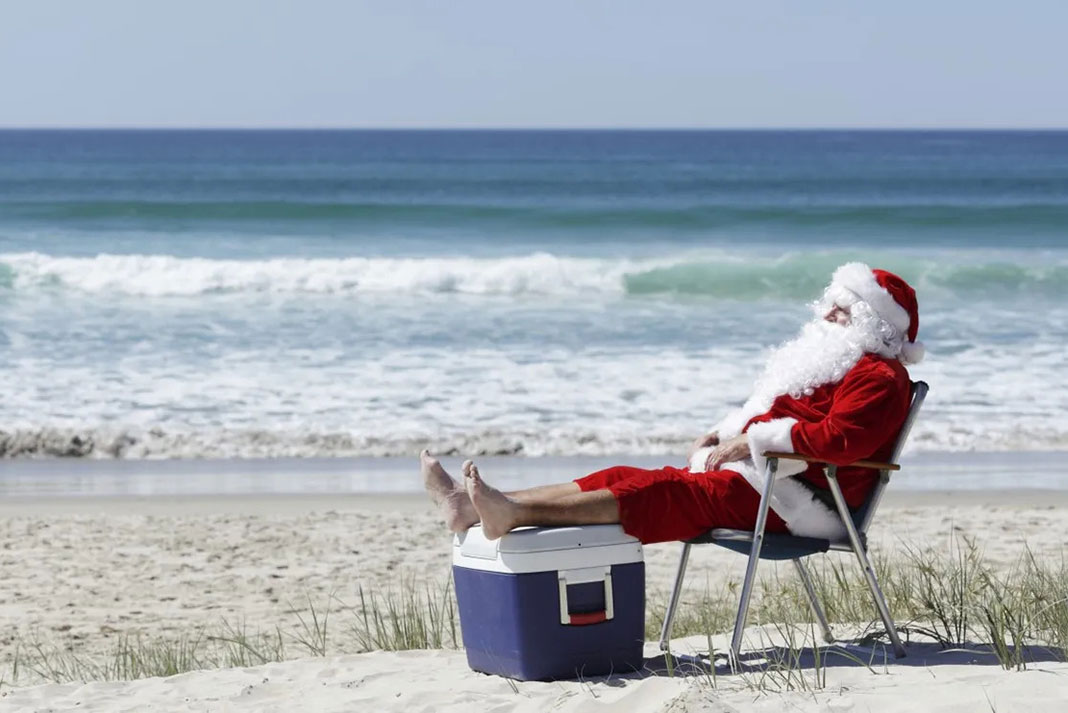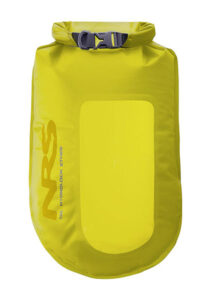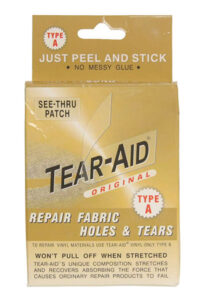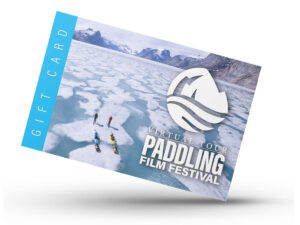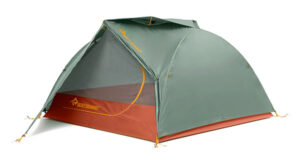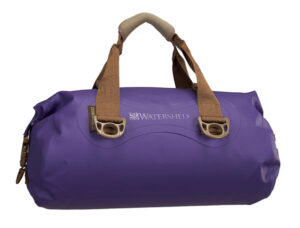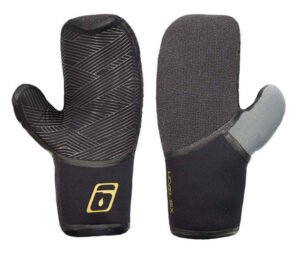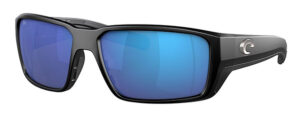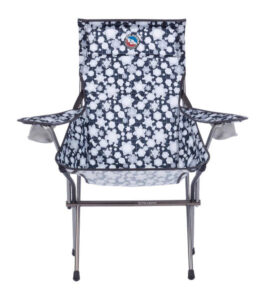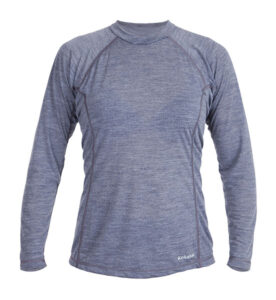There’s more to rafting than just a raft. In fact, the size and volume of a whitewater raft means there’s plenty of options to accessorize, which makes rafters easy to shop for in the Christmas rush. We’ve curated a list of gift options for traditional whitewater rafters along with specialized, lighter weight selections for packraft explorers.
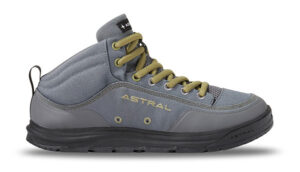
Astral
Rassler 2.0
$150 USD | astraldesigns.com
The Astral Rassler has enjoyed years of success as a burly, portage-ready aquatic hiker for whitewater paddlers. The 2.0 model features a mid-rise cuff along with an incredibly grippy GSS rubber sole that clings to wet and slimy rock. The Rassler tends to fit a bit small so consider going up a half-size. The no-rise sole design is ergonomic and allows for natural toe splay.
Buy from:
AMAZON BACKCOUNTRY REI VALHALLA PURE OUTFITTERS
NRS
Ether HydroLock Dry Sack
$27.75–54.75 USD | nrs.com
Just in time for the holidays, enjoy closeout pricing on NRS’ flagship drybag, which is available in a range of sizes from two to 35 liters. The Ether HydroLock features a combo zip seal and roll top for added waterproofness. Welded seams and laminated fabric increase durability.
Buy from:
AMAZON AQ OUTDOORS WALMART
LEARN MORE VIEW NRS PRODUCTS
Tear-Aid
Original Patch
$13.95 CDN | tear-aid.com
Looking for the best stocking stuffer for rafters or packrafters? Give peace of mind with a simple peel-and-stick patch kit that will get your favorite boater back on the water in no time in the event of a minor puncture or tear. Tear-Aid stretches 600 percent before tearing and features a long-lasting adhesive that can be applied in difficult environments. Options are available to patch vinyl and PVC or all other materials; the kit includes a three- by 12-inch strip as well as two circular patches.
Buy from:
Paddling Film Festival Gift Card
$18.50 | paddlingfilmfestival.com
Perfect for loved ones both near and far, adventure awaits at the click of a button. The Paddling Film Festival collects the best rafting, whitewater, SUP, canoeing and ocean paddling films from 2023 and years past. Seamlessly forward the gift card email or print it out to tuck into their Christmas card, bringing the joy of aquatic exploration directly to them.
Purchase a gift card today at an exclusive holiday price and get 20% off with the code: PFF2023KAPM2
Sea To Summit
Ikos TR3
$529 USD | seatosummit.com
The Sea to Summit Ikos TR3 tent is truly a game changer, offering incredible space for three adults and durable fabrics in a ridiculously light packed size. This three-season, sub-seven-pound shelter provides 49 square feet of floor space and a peak height of 48 inches. Sea to Summit’s unique Tension Ridge architecture creates a modified dome with head room spanning the entire width of the tent, further enhancing the spacious feel. This is a great choice for rafters and anyone who prioritizes having a big family-friendly tent with a modest weight.
Buy from:
AMAZON REI
BUY DIRECT VIEW SEA TO SUMMIT PRODUCTS
Watershed
Chattooga
$154 USD | drybags.com
You can’t go wrong giving guaranteed dry protection to the rafter or packrafter on your Christmas list. Watershed defined its own niche of bombproof, 100 percent dry duffel bags to protect the most moisture sensitive gear and equipment. The 22-liter Chattooga is a versatile size with a host of applications for day trips and multiday adventures alike.
Buy from:
Level Six
Gritstone Neoprene Mitt
$55 USD | levelsix.com
Neoprene mitts are the only option for cold-water boating for paddlers with poor circulation. The Level Six Gritstone Mitts are made of three-millimeter neoprene, pre-curved for an ergonomic grip on the paddle. The seams are liquid-sealed to keep out water and a terry cloth thumb covering makes a handy nose wipe.
Buy from:
Costa Del Mar
Fantail PRO
$284 USD | costadelmar.com
The Costa Del Mar Fantail PRO will prove that you truly get what you pay for in optics in terms of performance, comfort and style. Purpose-made for watersports, the Fantail PRO features drain holes in the eyewires and arms, along with unique frame materials that become grippier when wet. Durable, premium polarized glass lenses are available in 12 colors for variable light conditions.
Buy from:
AMAZON BASS PRO SHOP CABELA’S SAIL SCHEELS SPORT CHEK WALMART
BUY DIRECT
Big Agnes
Big Six Armchair
$249.95 USD | bigagnes.com
Up your camping comfort with Big Agnes’ extra cushy Big Six Armchair. It offers a stately riverside perch, 20 inches off the ground for easy ins and outs. Additional features include a high back, neck support and armrests (with cup holders—essential for rafters), with a takedown aluminum frame capable of supporting 300 pounds. All this weighs in at less than four pounds and packs down in a compact cylinder.
Buy from:
Kokatat
WoolCore Long Sleeve Shirt
$95 USD | kokatat.com
Legendary manufacturer Kokatat has applied its mastery of watersports apparel to create the perfect base layers for wearing under a drysuit. The WoolCore top is cut to mirror the body movements of paddlers, and feature a 50-50 wool-synthetic blend for durability, wicking and odor-proofness. Long underwear bottoms are also available.
Buy from:
Solo Stove
Ranger 2.0
$229.99 USD | solostove.com
The Solo Stove Ranger 2.0 is a portable firepit that lowers your environmental footprint by eliminating scars on the landscape and containing the flames of a campfire. The 15-inch-diameter, 12.5-inch-tall stainless steel, double-wall chamber weighs 15 pounds and comes with a removable ash pan and travel bag. Best of all is its super-efficient performance, which eliminates smoke, casts bright flames and burns wood to a fine ash.
Buy from:
AMAZON HOME DEPOT SCHEELS WALMART
BUY DIRECT
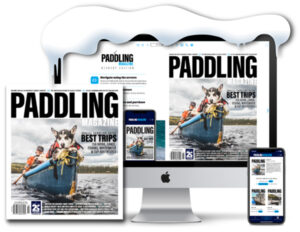 Paddling Magazine Subscription
Paddling Magazine Subscription
$30 | paddlingmag.com
Give a gift that is sure to inspire your loved one to get out and paddle. For a limited time, you can get (or give) a print subscription to Paddling Magazine and save 50% off the cover price! Order now to receive 6 print issues of Paddling Magazine for only $30!
- Award-winning editorial features
- Print issues delivered to your doorstep
- Every page of every issue in our digital archive
- First access to digital issues
- Download our app to read stories anywhere, online or offline
Feature photo: Midjourney



